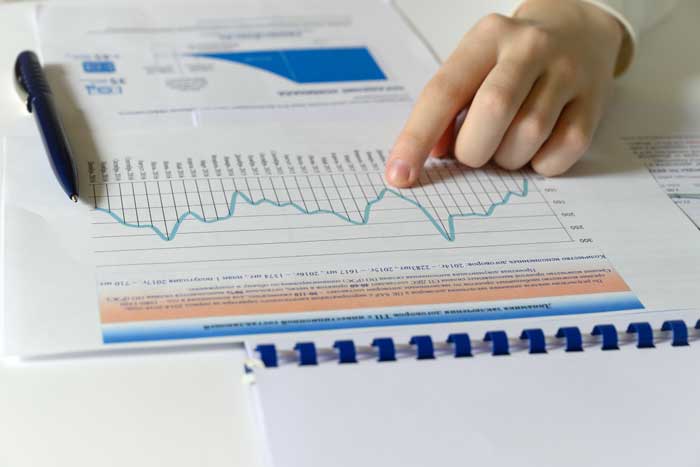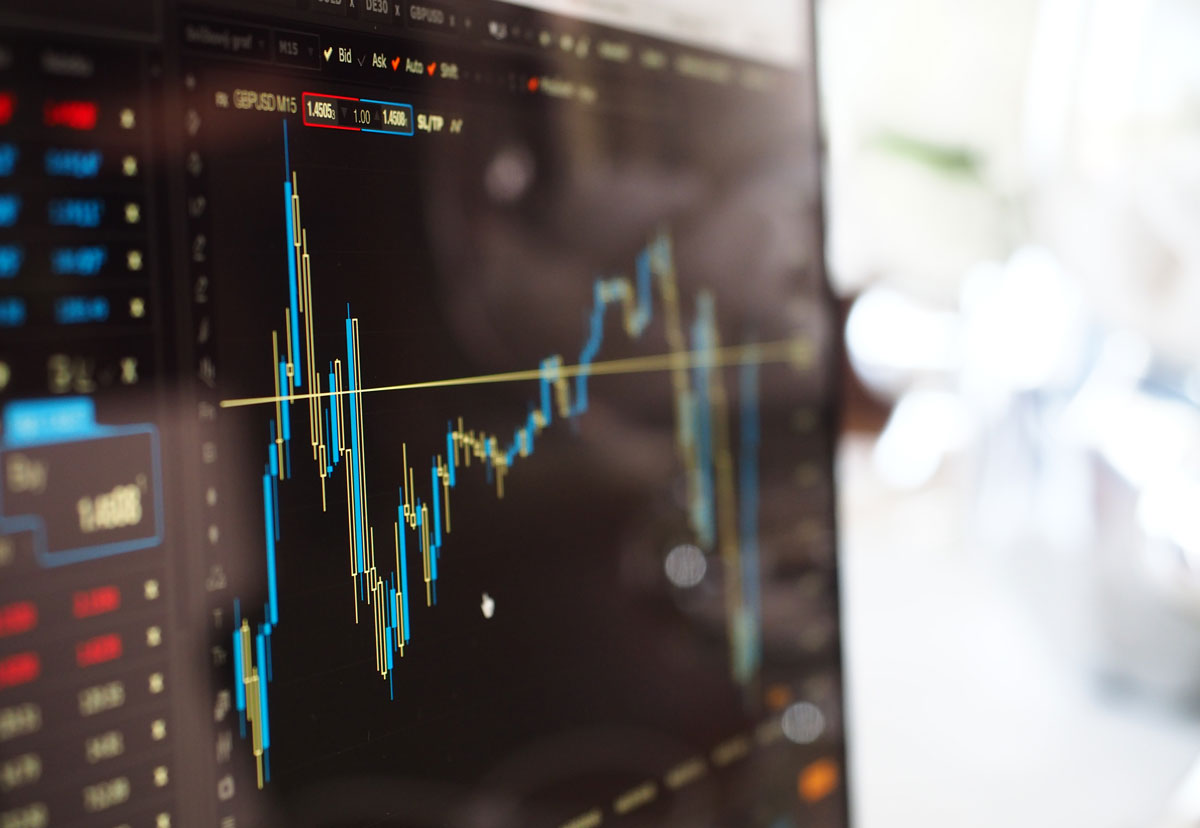
This is the first Blog in an educational series on economics I call Eco 201. Eco 201 because most of us have a basic understanding of economics. We know about the stock market and we know about taxes and pocket book issues.
I wanted to go a little deeper and talk about many of the economic indicator terms that often come up in the news. Understanding what they mean can provide valuable context when evaluating your own financial goals and strategy.
Terms such as these general terms:
- Economic Indicator:.A piece of economic data, like GDP, unemployment rate, or inflation, used to analyze and predict changes in economic activity.
- Leading Indicators:.These indicators tend to change before the overall economy does, providing an early signal of potential future trends. Examples include stock market performance, building permits, and new business formations.
- Lagging Indicators:.These indicators change after the economy has already started to follow a particular trend, confirming patterns and providing historical context. Examples include GDP growth, unemployment rate, and inflation.
- Coincident Indicators:.These indicators tend to move in line with the overall economy, reflecting current conditions. Examples include retail sales and industrial production.
Specific Indicators:- Gross Domestic Product (GDP):.The total value of goods and services produced in a country, a key measure of economic growth.
- Inflation:.The rate at which the general level of prices for goods and services is rising, and subsequently, the purchasing power of money is falling.
- Unemployment Rate:.The percentage of the labor force that is jobless and actively seeking employment.
- Interest Rates:.The cost of borrowing money, which can impact consumer spending and business investment.
- Retail Sales:.The total revenue of retailers, indicating consumer spending habits.
- Industrial Production:.The measure of output of factories, mines, and utilities, reflecting manufacturing activity.
- Consumer Confidence:.A measure of how optimistic consumers feel about the economy, which can influence their spending.
- Housing Starts:.The number of new residential construction projects that have begun, indicating activity in the housing market.
Below are a few key indicators that tend to shape markets and influence policy decisions.
- Consumer Price Index (CPI): Tracks the average price change paid by urban consumers for everyday goods and services. It’s one of the primary ways we measure inflation. Changes can affect your purchasing power over time.
- Producer Price Index (PPI): Measures price changes from sellers’ perspective rather than consumers’ view. This can be a leading indicator of inflation, as higher production costs may eventually be passed along to buyers.
- Consumer Confidence Index (CCI): Published monthly by The Conference Board, this index gauges how optimistic people feel about the economy and their financial situations. High confidence tends to drive more spending, which fuels growth.
- Consumer Sentiment Index: Similar to the CCI but compiled by the University of Michigan, this index also reflects consumer attitudes about finances, business conditions, and spending plans.
- 10-Year Treasury Yield: Often used as a benchmark for interest rates, this figure reflects investors’ confidence in the economy. Rising yields signal expectations for inflation or economic expansion; falling yields suggest uncertainty or slower growth ahead.
Probably enough brain power expended for one sitting. As always if this post leads to more questions, you can always reach out to me at: t.romero@iamswm.com or by phone at 409-722-6739.

